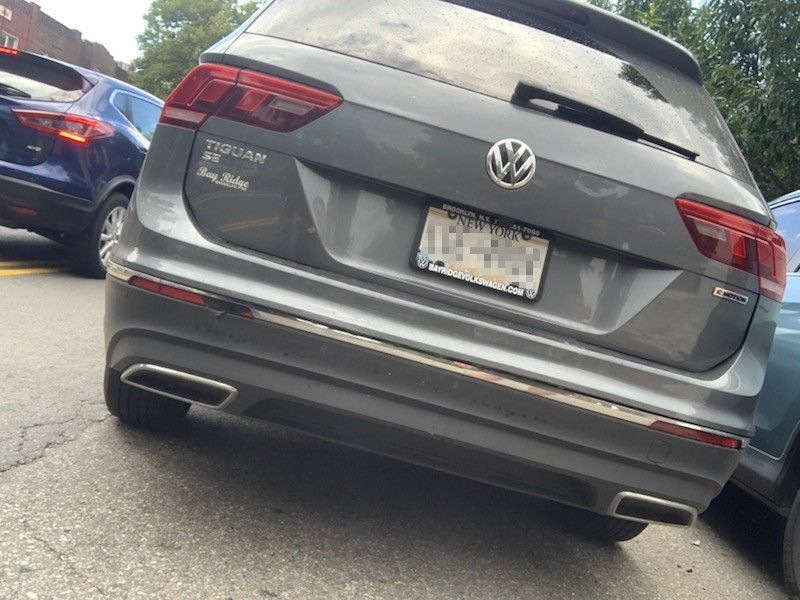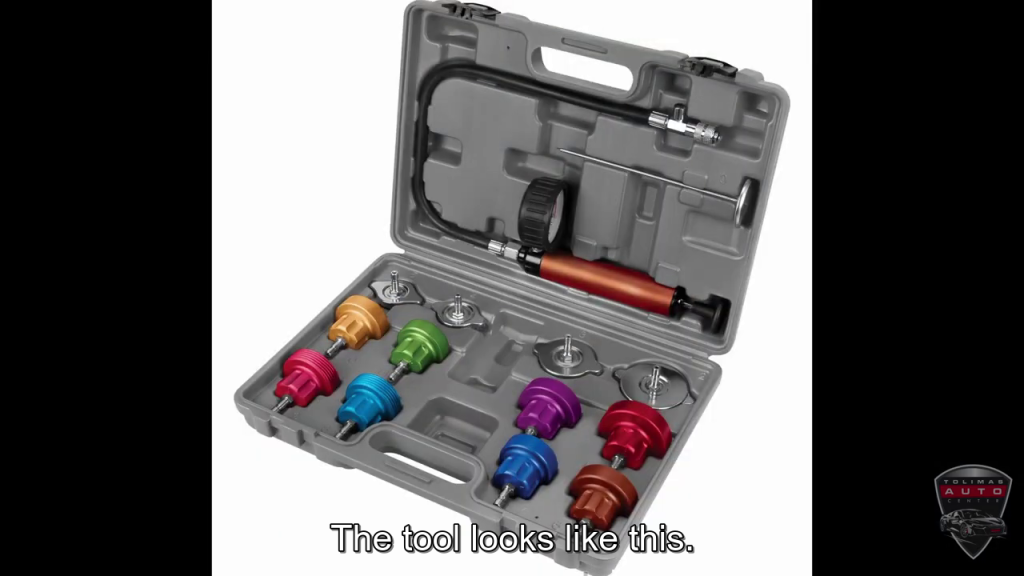Today, we will be answering the most common questions we get about the yearly NY State Inspection.
Every year, New Yorkers have to get their vehicles ready for their New York State inspection. The cost of the yearly inspection at the time of this blog post, is $37 to pass or fail. If you fail your inspection and your inspection sticker is expired, you get one 10-day extension to remedy the problem that caused your car to fail its inspection.
This puts a lot of people out $37 and then they are in a hurry to get whatever is wrong repaired and try again before the 10-day extension expires. In this blog post, we will explain the inspection process and give you a few tips in order for you to be able to go into your inspection more confident!
#1 Rule For New York State Inspections
The first rule is that if you have a check engine light, you will automatically fail the inspection!
There are two parts to an inspection. There’s a safety inspection and an emissions inspection and if the check engine light is on, you will automatically fail the emissions part of the inspection.
Safety Inspection Portion
As for the safety inspection, you can see what that entails here on the DMV’s website. The safety inspection is conducted at our shop and what we do is we check for seat belts to make sure that the seat belts are working properly. Then we check the brakes. We make sure that nothing in the hydraulic brake system is leaking. We make sure that the fluid in the brake master cylinder is up to level. We also make sure that all the brakes are within good working order, that you’re not losing brake hydraulic pressure when you push the brake pedal down with your foot.
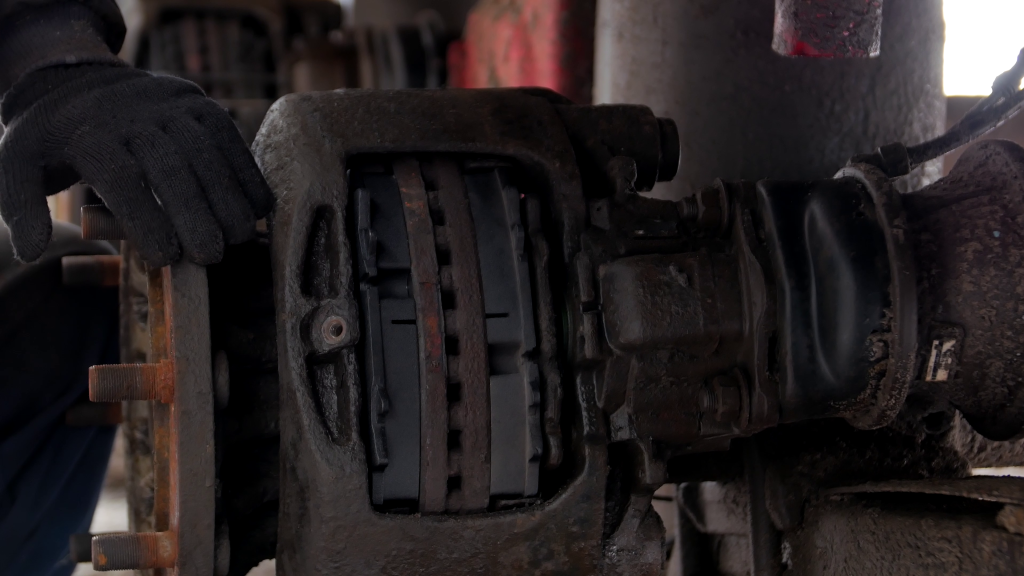
Also, we make sure, as I said before, that there’s no leaks. We make sure that also the brake discs and or brake drums are all within spec, that the metal is not damaged on them, that there’s good gripping surface to friction surface to make the vehicle stop. Then we also make sure that the brake pads or the brake shoes and the calipers are all in good working order and there’s enough brake pad left where you’re not low on brakes.
Then for the next portion, we check the steering, front end suspension chassis, frame and wheel fasteners. We check the steering wheel. We check the suspension, make sure that there is no play in the bushings. We make sure that everything is safe so that when you actually turn the car, the wheels turn with the car. We also make sure that the shocks and the struts are working properly. We make sure that nothing is broken, that everything is within good working order.
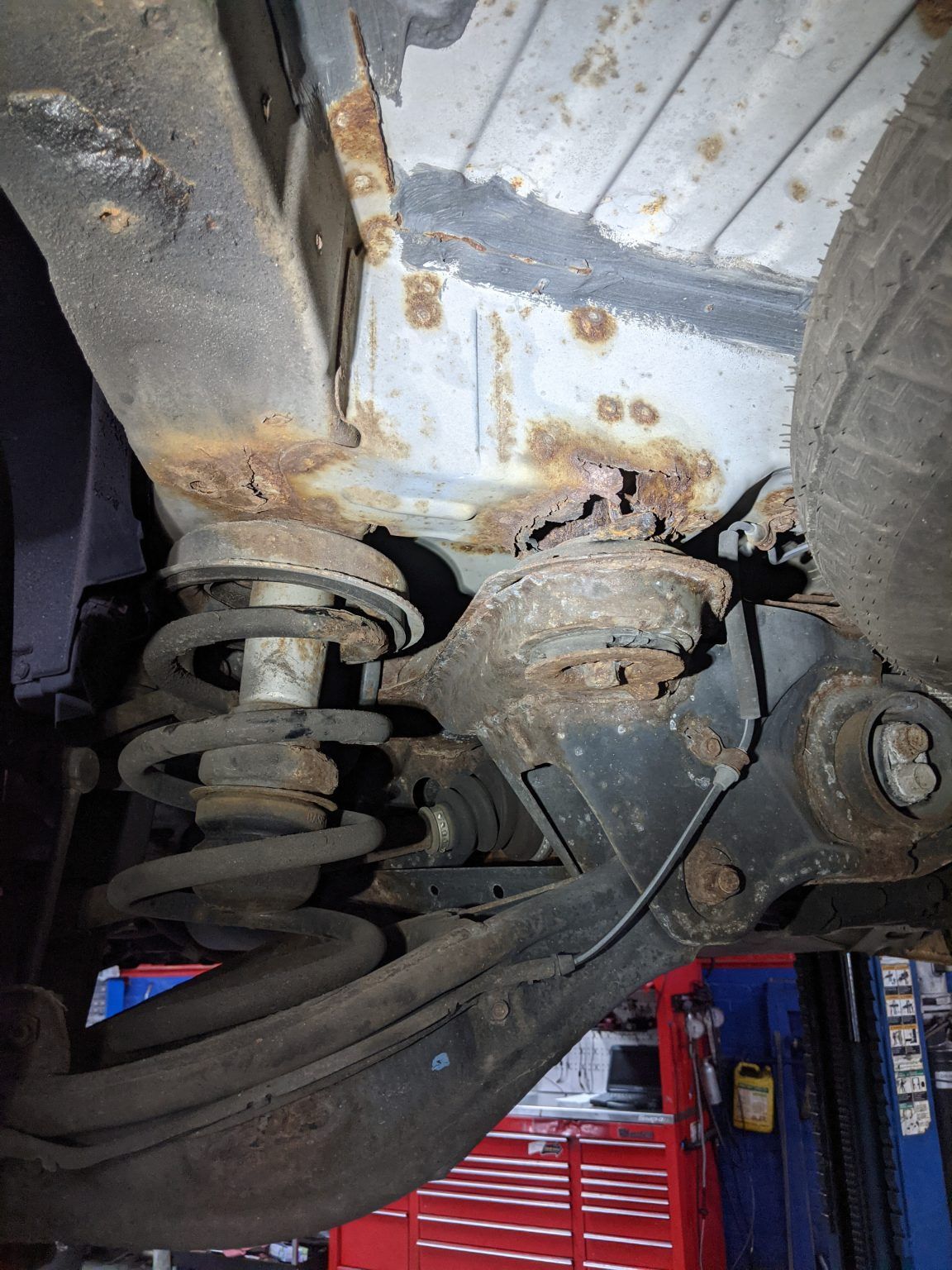
In this case, for the chassis, we’re also checking for brakes or cracks because in New York, every time it snows, they throw a ton of salt on the road. That salt causes the frames and the unibody of the car to corrode and that can cause cracks and brakes, which will make the car fail inspection because again, we don’t want the car splitting like the car itself to actually split the body or holes in the suspension to basically make it unsafe.
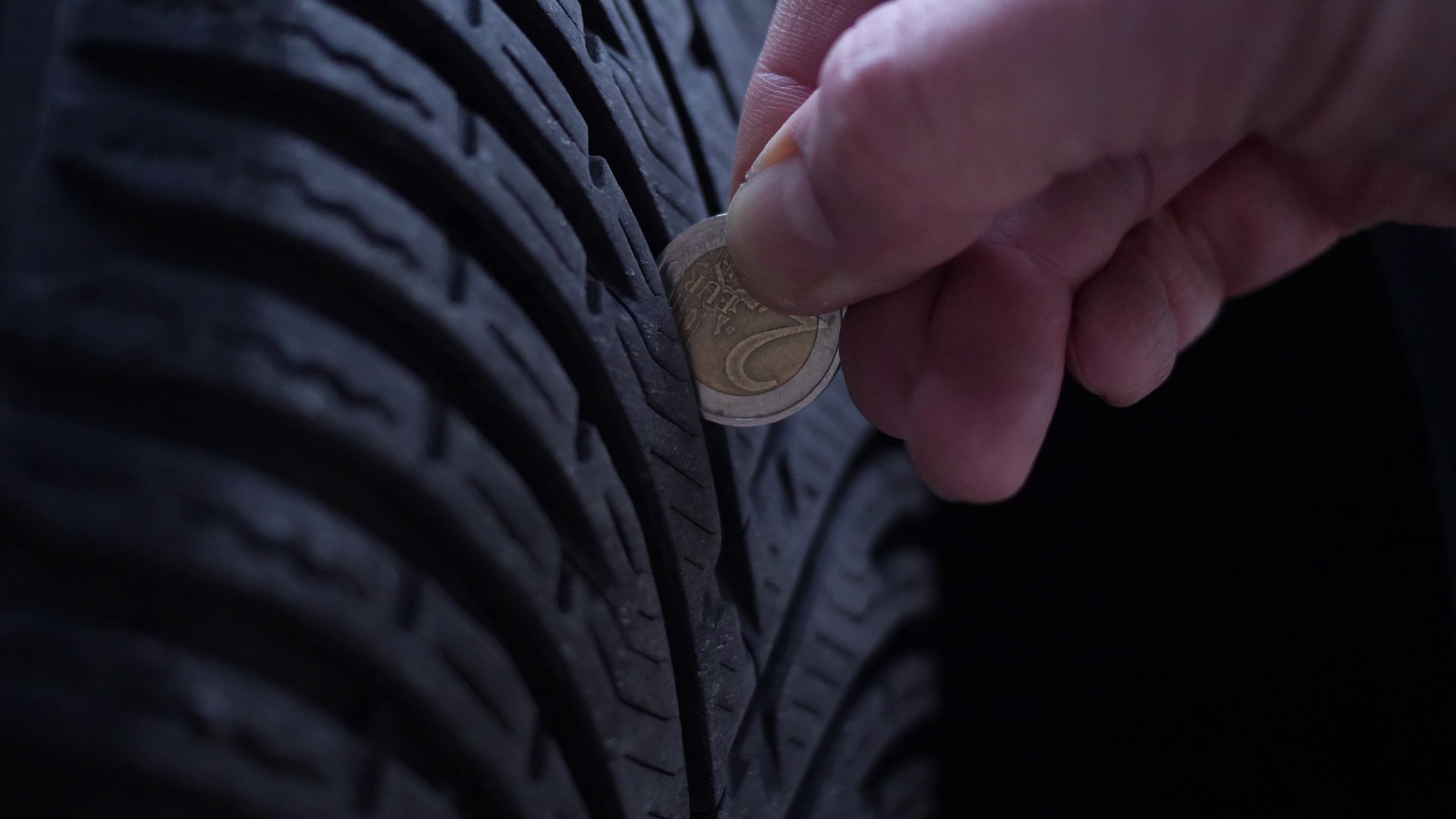
Then we also check all the tires to make sure that the tires are having enough tread. As the tire drives down, the rubber on the tire wears down. The limit is that it has to be at least two thirty seconds of an inch when measured between two tread groups on the tire.
Next, we make sure that all the lights are in good working condition, that the headlamps, the tail lamps, the brake lights, the blinkers, the reverse lights, the license plate lights and that the hazard warning lights work. All this is important because with the newer cars, they’re all computer controlled and even though the light is okay, there could be an issue with the computer and that has to be fixed.
Finally, we also make sure that all the glass is in good condition, that there’s no cracks on the glass that are 11 inches long or longer. Also, we make sure that the windshield wipers are in good working order because if it rains and your windshield wipers don’t work, you’re not going to be able to see out of the car. We also make sure that the horn is working in case there’s an emergency you need to honk and also that the mirrors are all working properly and that the mirrors are actually functional because on certain cars, the mirrors can actually delaminate and they become opaque and hard to see out of.
Finally, we check for fuel leaks. We make sure that there’s no issues where there are any parts of the fuel system where it’s leaking.
Emissions Inspection Portion
The next part of the inspection is the emissions inspection and this goes back to what I said originally where if you have a check engine light, you will automatically fail this portion of the inspection.

The emissions inspection is done through the onboard diagnostics port under your dashboard, also known as the OBD2 port. This port is located underneath the dashboard on the driver’s side and it applies to any car made in the US made after 1996. Your car’s computer is going to get plugged in and connected to the New York State DMV’s computers and it’s going to check your car for specific faults. If it finds any check engine light, that’s it. You automatically fail.
The computer is looking for catalyst efficiency codes, evaporative emission codes, it’s checking your oxygen sensors. These sensors are all related to your car’s emission systems and your car runs automatic checks on itself to make sure that these are working properly and if there’s any issue with these, it will set off a check engine light. This is why you will not pass with a check engine light.
So what if your inspection is coming up and you have a check engine light?
You take it to the shop to get it fixed or you fix it yourself and then you reset the check engine light. Then, are you ready for inspection? Unfortunately, that is not the case.
Once you fix the emissions related problem and reset the check engine light, you need to perform a full drive cycle before your car is actually ready for inspection.
What Does a Full Drive Cycle Entail?
Once the check engine light is reset after whatever is wrong has been repaired, then a drive cycle is driving the car a certain way to give your car’s computer new data for it to run its own self scans for the emission systems.
Every car is different but generally to get your car ready for inspection and perform a proper drive cycle, there are some rules to follow. First, you cannot have too much gasoline in the tank or too little. Your gas tank should generally be below the 3/4 mark but above the 1/4 mark for your car to appropriately test the evaporative emission systems.
Then, you need to do varied driving in the city and on the highway generally without exceeding 60 miles per hour. And within 20 to 40 miles of this type of driving, your car should be ready for inspection.
There is no easy way of knowing whether your car is ready for inspection or not, unless you have a scanner that can check emission readiness data. And you can find these scanners all over Amazon or at your local auto parts store. And with one of these simple scanners, you can check to see your car’s emission data. You can see what tests it has completed, which tests are incomplete.

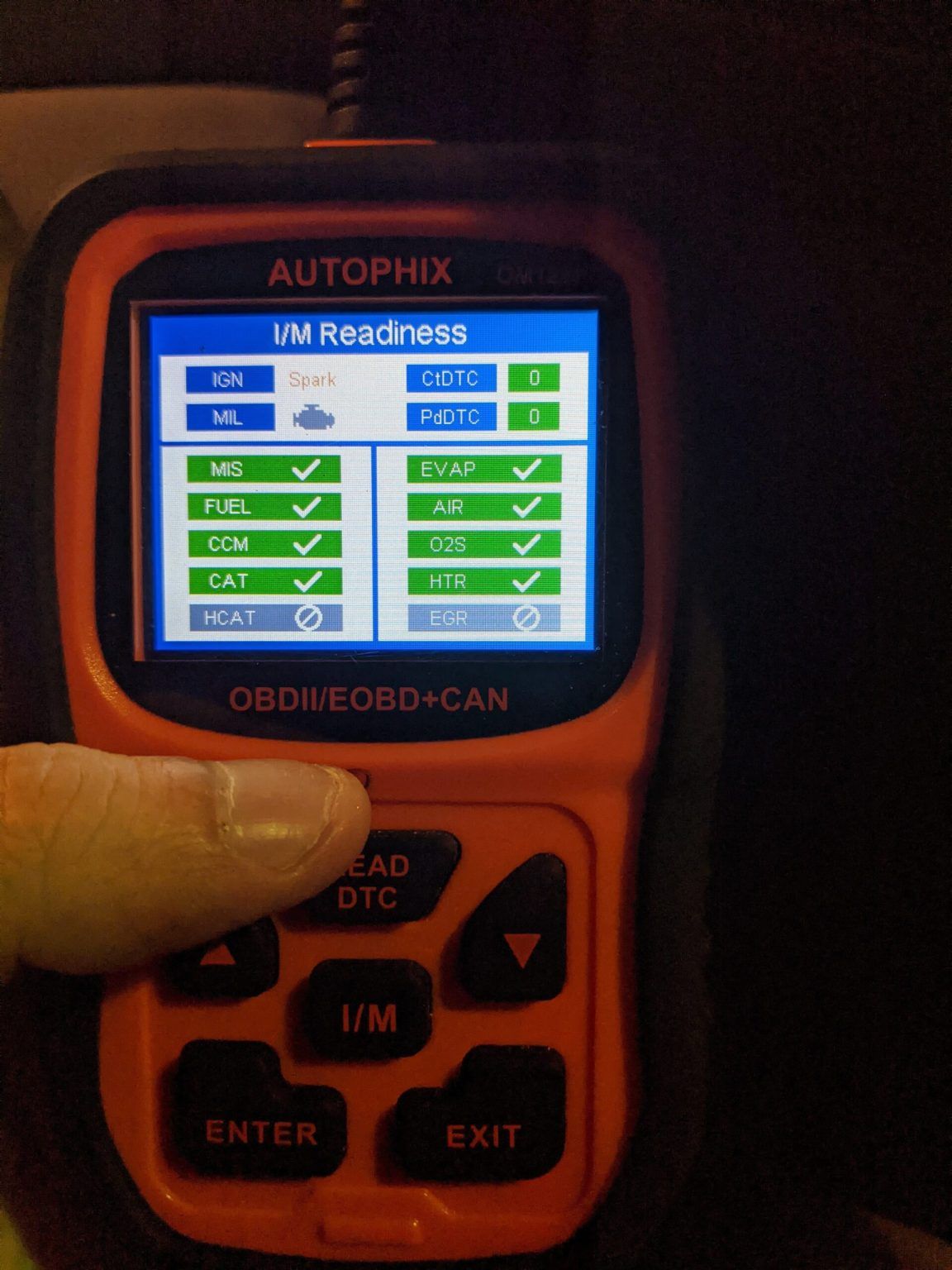
Once all the tests have been completed and passed, then your car is indeed ready for inspection. With one of these scanners, you simply connect it to the OBD2 port under your dashboard and check it with the scanner.
Since you have to pay for the inspection, whether you pass or fail it, owning a simple scanner like this can be considered a cheap investment. Also, it allows you to check your codes, what codes you might have when you have a check engine light. This tool is handy when checking the health of your car, resetting a check engine light, and just helps you know with confidence that you will be ready to pass your inspection.
So if you are in need of a New York State Inspection, vehicle diagnostics, maintenance, or auto body and collision work, always feel free to reach out to us @ Tolima’s Auto , your one-stop car repair shop in Long Island City, Queens, New York.
Also check out the video version of this blog post!
